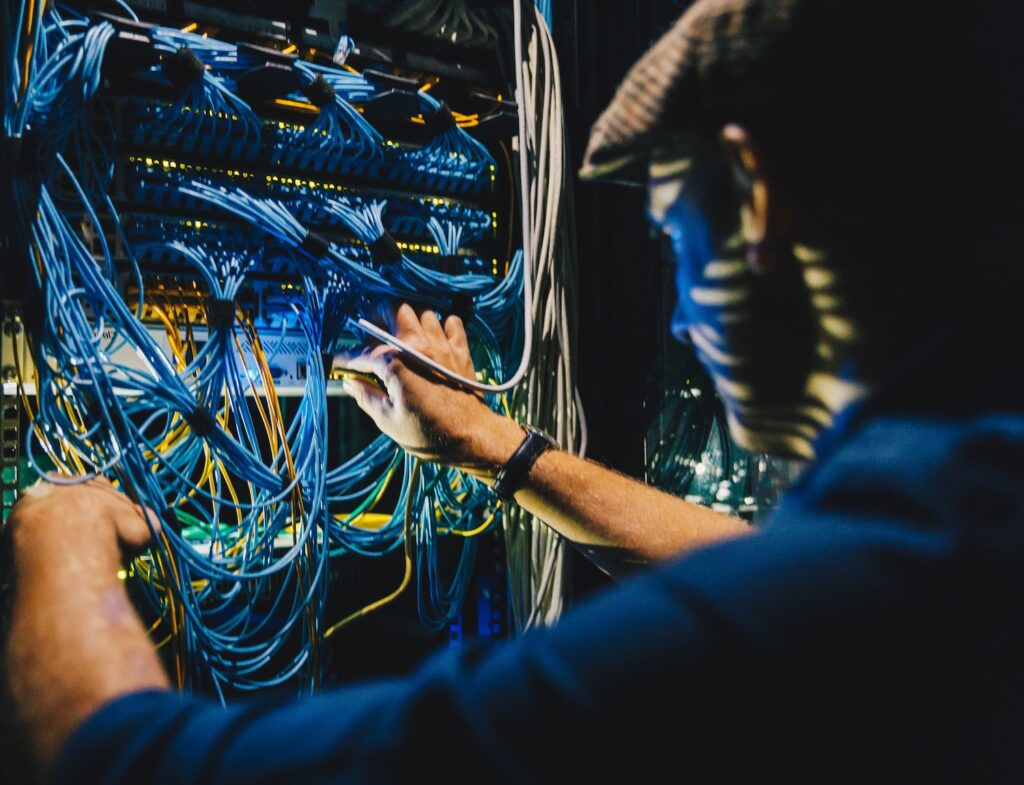This is why AI is not going to replace humans


“AI will replace humans” is a popular headline you have probably seen regularly in recent months. Is that really the case and should you fear for your job? The short answer to those questions is: no. In this piece I explain why.
1. Most types of work don’t get a productivity boost from AI
In my first blog of this three-part series, I talked about productivity and AI, concluding that AI could lead us into an era of massive productivity growth. And that is possible, for about 20 to 25 percent of the working population. That is a total of about one billion people. For the other 75 to 80 percent of people, work has an important physical component. Think of nurses, carpenters, taxi drivers and cashiers. Yes, this work will also change due to AI innovation, digitization and robotization. But not at an unprecedented pace.
2. Work is always changing and will continue to do so, even when AI comes into play
Work changes over the years and that’s okay. We no longer have people who neatly put the pins back in place on a bowling alley and people who manually connect calls to the right person. And the work of VCR repairmen has also disappeared. In 2023 we will have robots, cloud telephony systems and Netflix. Yet we are still on a global record for the number of people in the labor force.
About 80 percent of the jobs that existed 100 years ago no longer exist today. And the world has moved forward with it.
3. Productivity increases have never resulted in less work
In the past we have seen enormous growth in productivity, especially between 1870 and 1970. However, that growth did not lead to less work. And when we look at the numbers, there are more people in the job market than ever before. We did, however, start working fewer hours, which I think is a good thing. Maybe it’s time to continue that trend.
4. We’re bad at changing our behavior and AI won’t change that
Earlier we saw that digitization promised an increase in productivity. But since 1970 we have mainly seen linear productivity growth, not exponential change. Part of that may be because we spend two and a half hours a day on social media on a device built for distraction, not productivity. This especially shows how important behavior is when using digital technology.
Only 30 percent of knowledge workers can type effectively with all ten fingers. Many knowledge workers do not use ctrl+c and ctrl+v (or the Apple version of them). People still create documents with tools like Word that represent a typewriter, a device that would be phased out in the 1970s. And we’re still running businesses the way we learned from Peter Drucker. That worked great in the factory, but doesn’t translate well to knowledge work, something he himself admitted.
We’re just bad at learning how to use new devices and learn new skills when we’re not asked to. And I don’t see AI changing that any time soon.

What if you do want to become more productive in the digital age?
Huge benefits for knowledge workers
Are you a knowledge worker? Then there are huge benefits to be gained if you learn to use modern digital tools. I’m not exaggerating when I say that these tools can make you 25 to 45 percent more productive. Do you want to become more productive or do you want your organization to be? Then pay attention to digital fitness, I promise it’s one of the best investments you can make.
Everyone should take advantage of the benefits
It is important that productivity gains do not only go to shareholders. If a company invests time and money and colleagues start working more effectively, the benefits must be shared. A four-day work week may seem ambitious at first, but working a few hours less can be a good start if the entire organization is willing to adapt.
Retrain workers
It is good to realize that you do not work in isolation on an island: both you and your organization are part of society. Because we know that work changes, retraining people is a great way to maximize social impact and technological innovation. Digital fitness should be part of the retraining program.
Develop tools that complement AI instead of replacing it
As we develop the next generation of digital tools, it’s not just good for people to learn how to use them. It’s also important to look at the kind of technology we’re developing. Yes, we can create things that replace human labor, but history shows that this causes wages to go down. Instead of copying human skills, the tools could better focus on improving human labor. This reduces inequality and is a much better outcome for society.

Embrace change
I really hope I’m next. I hope that AI and other technical revolutions will make our entire workforce much more productive. Now that the working population is aging and therefore shrinking, this is also urgently needed. We may have to learn to work with new tools and acquire new skills. And we can make “embracing opportunities” a subject at school, for example. Then “change” may well become a verb that we can embrace as standard.
Now read Pt 1: We need to talk about AI and productivity
Now read Pt 2: The future of AI: from ChatGPT and AutoGPT to a personal AI assistant
Now read part 4: The primary fallacies of “the AI dilemma”
Keen on a quarterly slice of succinct insights from the inside track? Sign up to our newsletter.